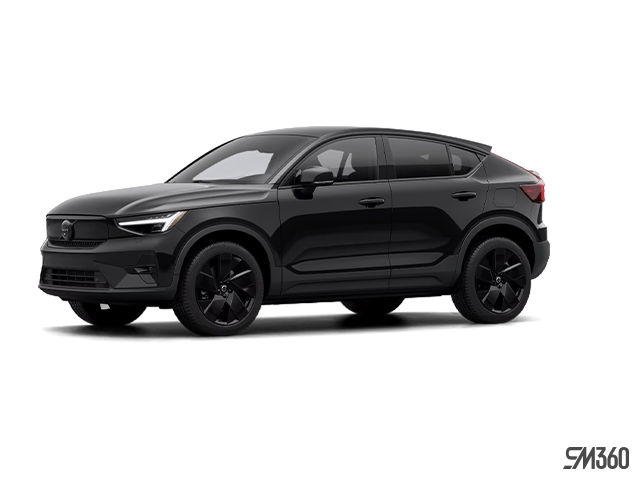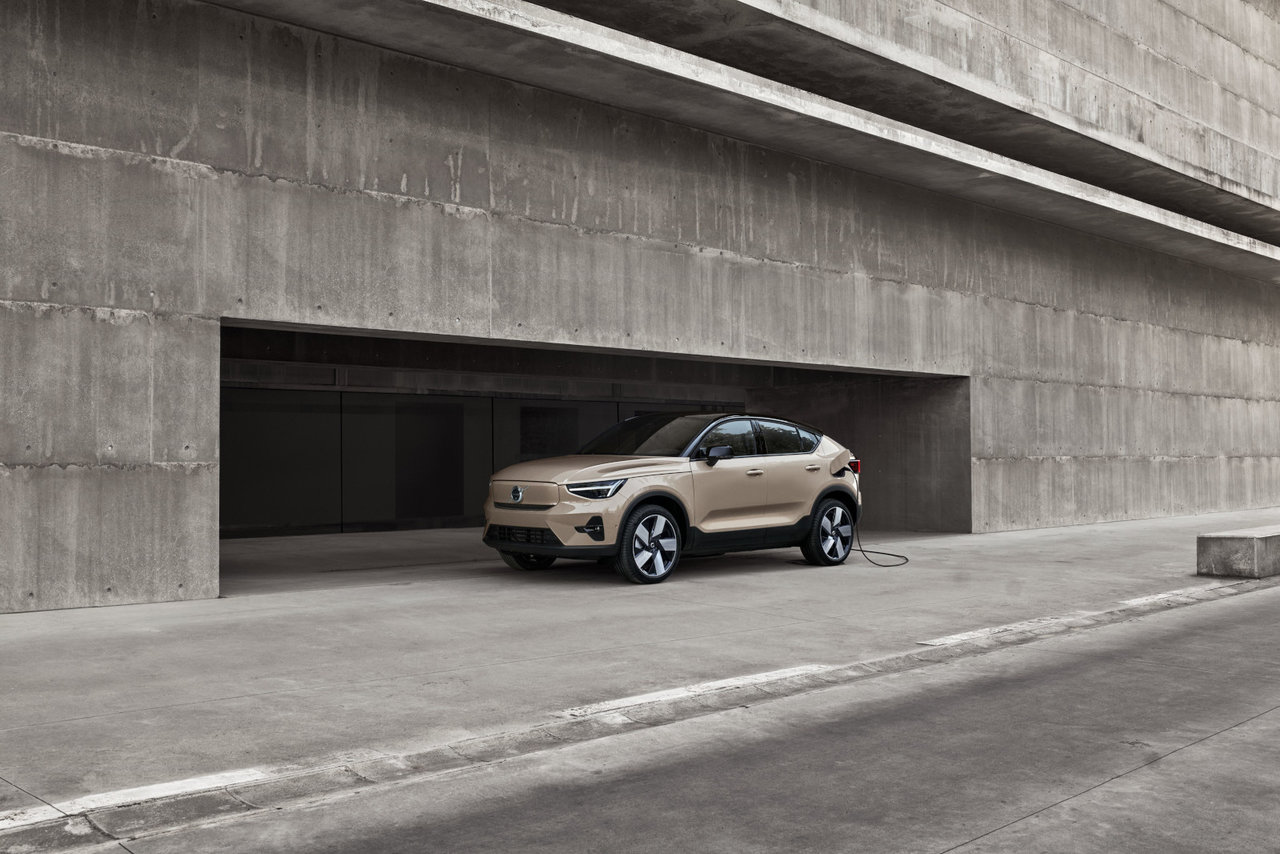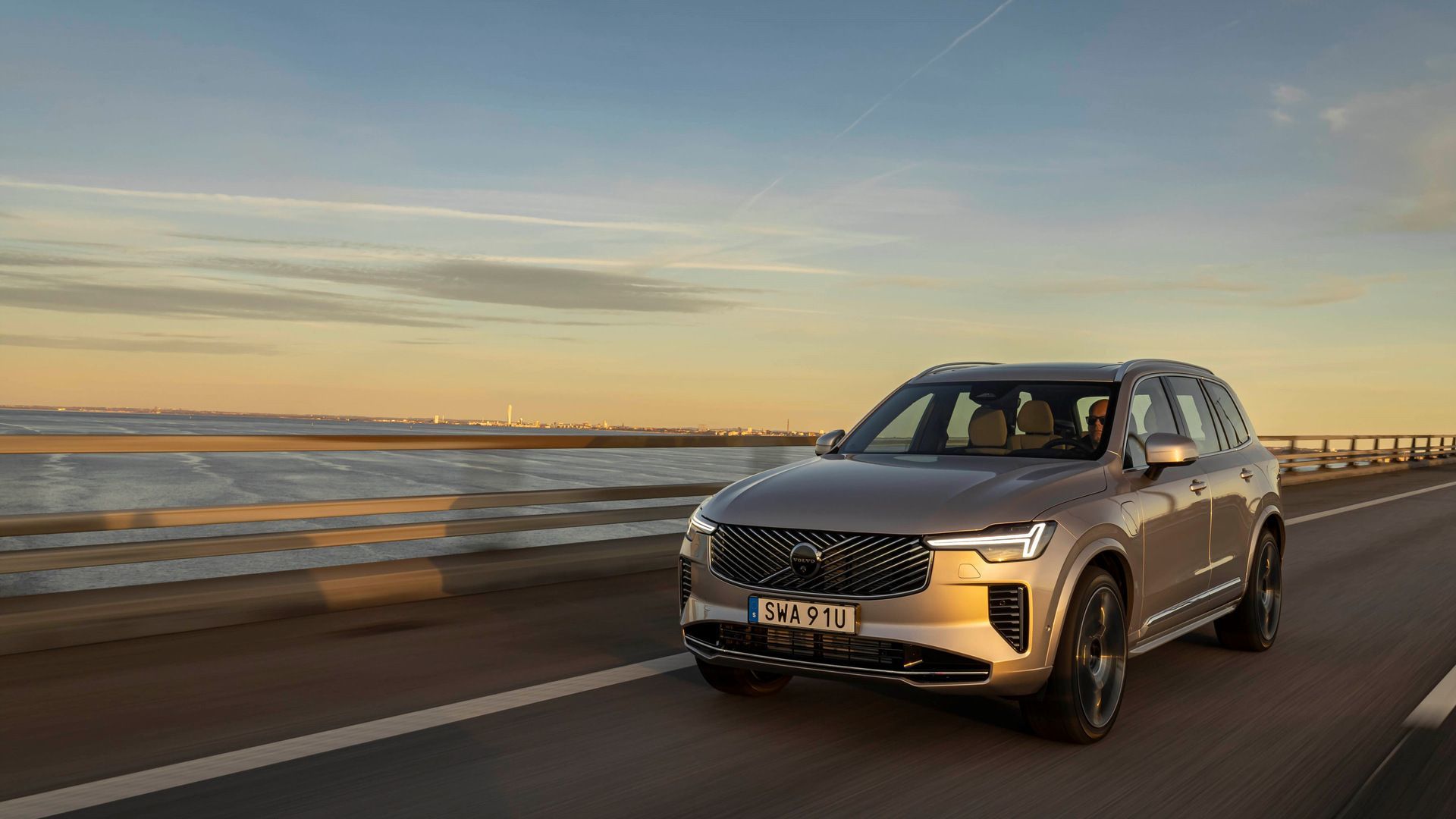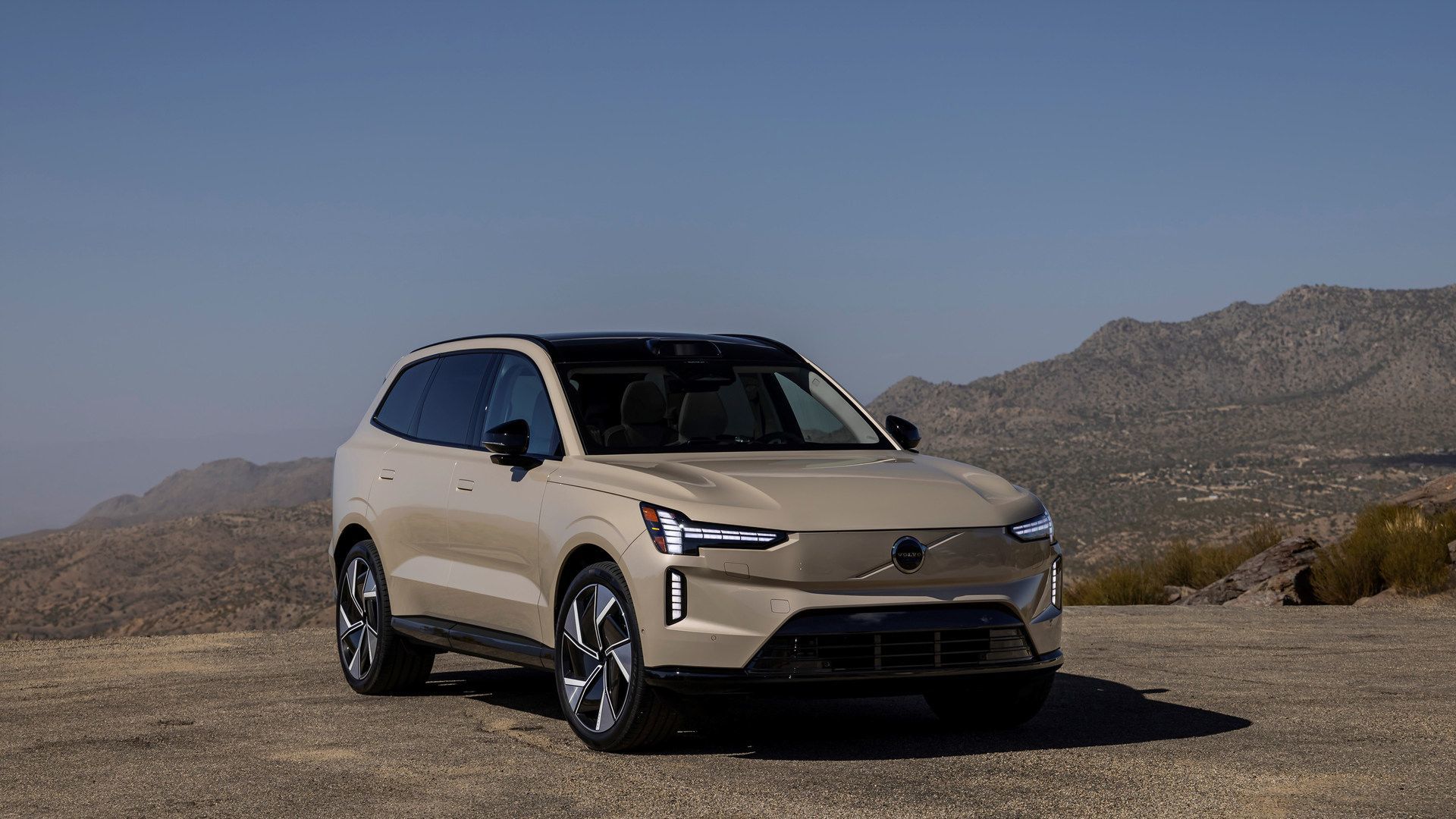
Photo for illustrative purposes only.
Find out moreVolvo Cars Mississauga

Switching to an electric SUV for city commuting requires honest evaluation of your driving patterns, charging options, and lifestyle needs. The 2025 EC40 offers compelling benefits for urban drivers, but success depends on matching the vehicle's capabilities to your specific situation.
These key questions help you determine whether the EC40's electric drivetrain and features align with your summer commuting needs and longer-term transportation requirements.
The most critical question for any electric vehicle is charging access. Do you have a garage or dedicated parking spot where you can install a Level 2 charger? Home charging overnight provides the most convenient way to maintain the EC40's 480 km range.
If you live in an apartment or condo, investigate whether your building offers electric vehicle charging or has plans to install it. Some employers provide workplace charging that can supplement or replace home charging for daily commuting needs.
Consider your backup charging options for longer trips or when home charging isn't available. The GTA has expanding fast-charging networks, but relying primarily on public charging requires more planning than conventional refueling.
Calculate your typical daily driving distance including commuting, errands, and unexpected trips. The EC40's 480 km range (single motor) or 431 km range (twin motor) covers most daily driving patterns with significant buffer for summer air conditioning use.
Summer driving often includes additional trips to cottages, beaches, or outdoor activities. Consider whether your seasonal driving patterns fit within the EC40's range capabilities or if they require charging stops during longer journeys.
Urban driving typically involves shorter distances with frequent stops, which actually benefits electric vehicles through regenerative braking that helps extend range compared to highway driving.

Electric vehicles operate differently from gasoline cars in several ways. The EC40 provides instant torque delivery, one-pedal driving capability, and silent operation that some drivers love while others need time to adjust to.
Charging requires developing new habits around planning and timing that differ from conventional refueling. Are you willing to plug in regularly and monitor charging status through the vehicle app?
The EC40's advanced features like over-the-air updates, app-based climate control, and digital interface require comfort with technology. Consider whether these features appeal to you or seem unnecessarily complicated.
Urban parking often involves tight spaces, underground garages, and height restrictions. The EC40's 4,440 mm length and 1,591 mm height fit most standard parking spaces while providing SUV-like seating position and cargo capacity.
Underground parking garages may have limited ventilation where the EC40's zero local emissions provide health benefits compared to running gasoline engines. However, some older garages may not allow electric vehicle charging due to electrical limitations.
Consider whether the EC40's dimensions work for your typical parking situations, including your home parking, workplace, and frequently visited destinations like shopping centers or entertainment venues.
The EC40 provides 480 litres of cargo space with seats up and 1,196 litres with rear seats folded. This compares favorably to many gasoline SUVs while offering additional front trunk (frunk) storage for charging cables and small items.
Summer activities like beach trips, camping gear, or sports equipment require cargo planning. The EC40's wagon-like loading height and square cargo opening make loading bulky items easier than traditional SUVs.
Consider whether the EC40's cargo capacity meets your needs for both daily use and occasional larger hauling requirements like furniture, vacation luggage, or recreational equipment.

Electric vehicles typically have higher purchase prices but lower operating costs than comparable gasoline vehicles. Calculate the total cost including purchase price, charging costs, insurance, and maintenance over your expected ownership period.
Summer driving with air conditioning increases energy consumption in any vehicle, but electric models often handle cooling loads more efficiently than gasoline engines that must run constantly to power AC compressors.
Consider available incentives for electric vehicle purchases, potential savings on fuel costs, and reduced maintenance requirements (no oil changes, fewer moving parts) when evaluating total ownership costs.
Long trips require more planning with electric vehicles, including identifying charging stops and allowing time for charging breaks. Are you comfortable with this additional planning, or do you prefer the spontaneity of conventional refueling?
The EC40's fast-charging capability allows significant range recovery in 28 minutes (10-80% charge), but this still requires more time than gasoline refueling. Consider whether this fits your travel style and schedule flexibility.
Winter range reduction is a factor for Canadian drivers, though the EC40 includes heat pump technology and battery warming features that minimize cold-weather range loss compared to earlier electric vehicles.
Many buyers choose electric vehicles partly for environmental reasons. Ontario's electricity grid has relatively low carbon emissions compared to gasoline, making the EC40 a cleaner choice for most driving.
Consider whether the environmental benefits align with your values and whether they provide additional motivation for adapting to electric vehicle ownership requirements.
The EC40's sustainability extends beyond zero tailpipe emissions to include recycled interior materials and sustainable manufacturing practices that appeal to environmentally conscious buyers.
The EC40 represents a significant change from conventional vehicles in daily operation, fueling, and maintenance requirements. Success with electric vehicle ownership often depends on embracing these differences rather than trying to replicate gasoline vehicle patterns.
Consider whether you're excited about the technology, efficiency, and environmental benefits enough to adapt your routines, or if you prefer the familiar patterns of conventional vehicle ownership.
The EC40 offers compelling advantages for many urban drivers, but honest self-assessment of your needs, preferences, and situation helps ensure a positive electric vehicle experience.

Photo for illustrative purposes only.
Find out more
What Mississauga Drivers Should Know Before Buying a Plug-In Hybrid
Plug-in hybrid vehicles occupy a unique space in today's automotive landscape. They provide electric driving for your daily commute while...
Read more
2025 Volvo EX90: Understanding Trim Levels and Features
Volvo's flagship electric SUV arrives with two distinct trim configurations. The 2025 EX90 Twin Motor Plus establishes the baseline equipment...
Read more
5 Safety Features That Make 2026 Volvo SUVs Stand Out in Ontario
Safety has been Volvo's calling card since the company invented the three-point seatbelt in 1959 and made the patent freely available to the entire...
Read more